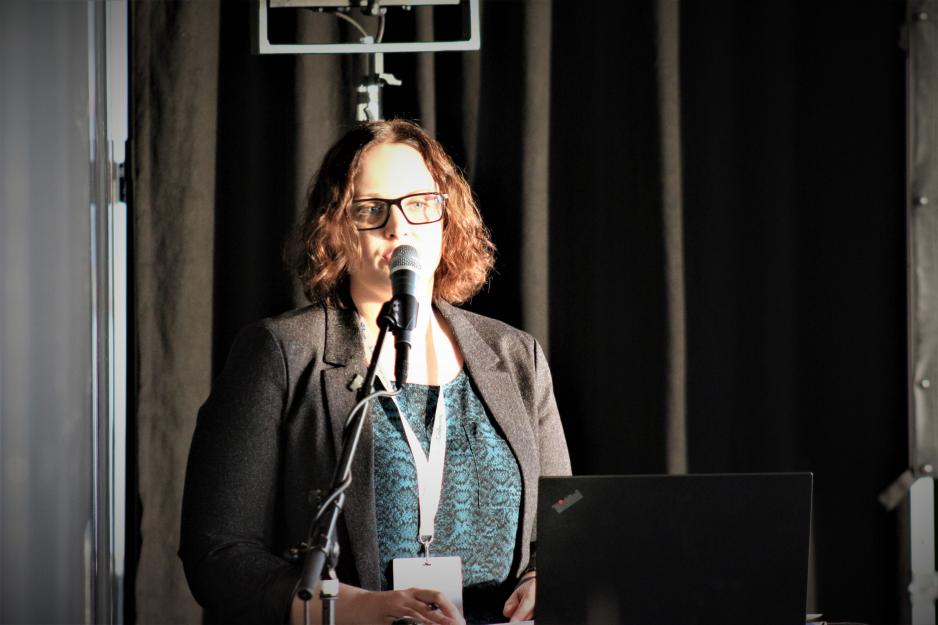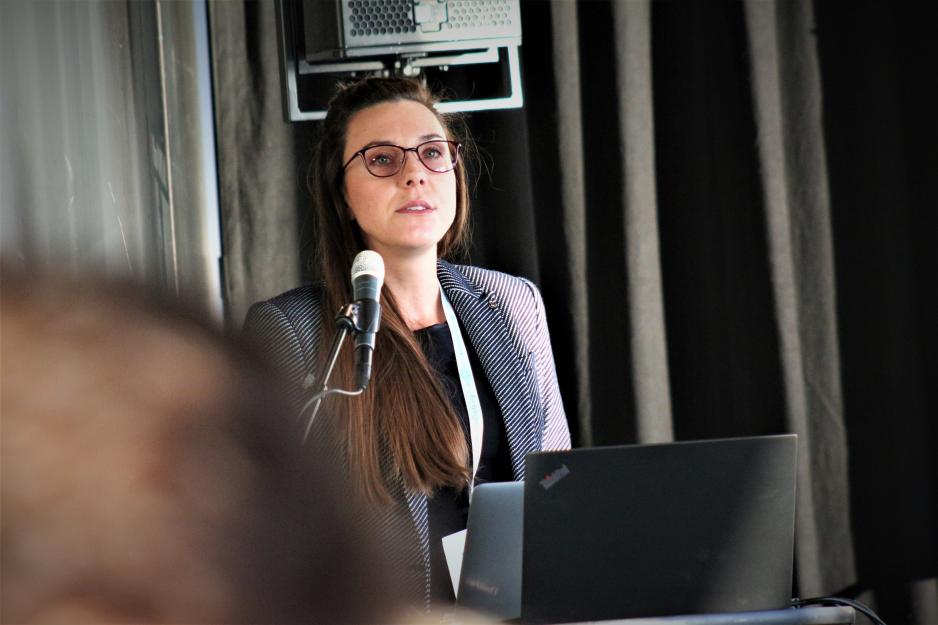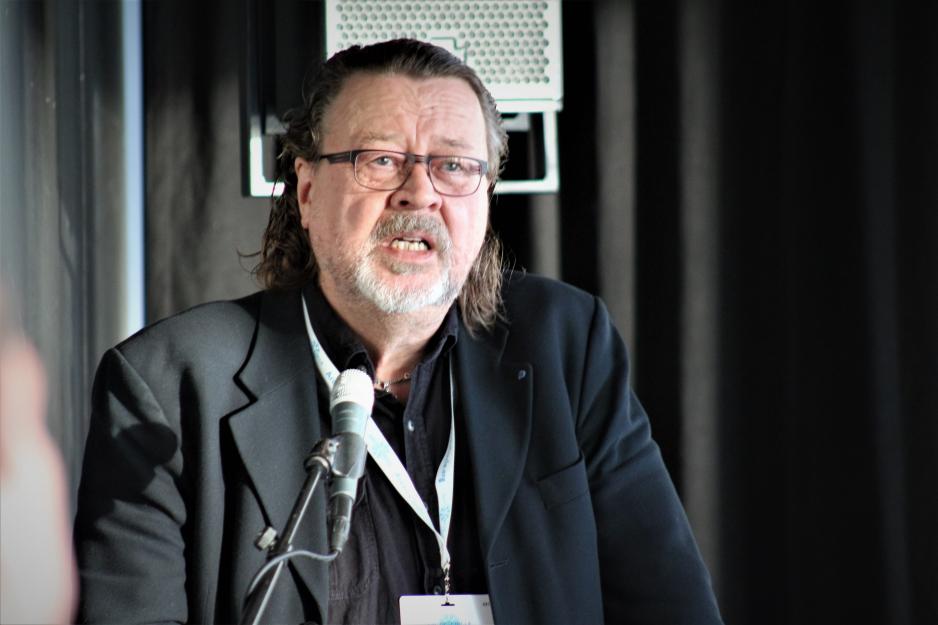Study: The Non-Arctic Strategies are Most Current

Karen Everett, Postdoctoral Fellow, Université of Laval, Québec, Canada. Photo: Siri G. Tømmerbakke
Six out of eight Arctic states have Arctic strategy documents that are between six and eight years old.
As mentioned in several articles here on High North News, an increasing number of non-Arctic states have produced their own Arctic strategies. Over just the past few months, Germany and Scotland have presented their own strategy documents. And quite recently France also came up with an Arctic defense strategy.
During the Arctic Circle Assembly, which opened in Reykjavik, Iceland on Thursday, researchers from the Thematic Network on Geopolitics and Security, Arctic Futures Initiative, International Institute for Applied Systems Analysis (IIASA) presented their findings after having analyzed the contents of the eight Arctic states’ Arctic strategies and compared them to the strategies of the countries that hold observer status at the Arctic Council.
The study will not be published until November.
Non-Arctic states more proactive
One of their finds is that the non-Arctic states definitely have the most recent and most updated strategies.
"Six out of eight Arctic states have strategy documents that are between six and eight years old," said Karen Everett, postdoc at Laval University, Quebec.
And while researchers have not yet had time to analyze the brand-new strategy documents from Canada and Scotland yet, they nevertheless see clear signs that non-Arctic states are more proactive than the Arctic states when it comes to making new or updating their old strategies.
Little emphasis on economy
There are also big differences in what the eight Arctic states emphasize. Canada’s strategy (2009) has sovereignty as its key point, whereas Finland’s strategy (2013) stresses regional economic development. Iceland’s strategy (2011) places emphasis on regional management and international cooperation, whereas Denmark’s (2011) most important issue in its strategy is keeping the Arctic a stable and peaceful region. Norway’s strategy (2017) is amongst the most recent of the Arctic states and places highest emphasis on international cooperation and business development. Russia’s strategy (2013) brings socio-economic aspects to the forefront.
Nine of the states holding observer status at the Arctic Council have their own strategy documents.

Barbora Padrtova, Assistant Professor, University of Masaryk, Czech Republic. Photo: Siri G. Tømmerbakke
"These emphasize the need for more research, education and economic development than do the strategies of the Arctic states. Half of the Netherland’s strategy is dedicated to science and education," says Barbora Padrtova, Professor at the University of Masaryk.
Big gaps
There are also vast gaps between the strategies when it comes to the extent to which they contain specific commitments as to when and how various measures and initiatives are to be implemented.
On the one hand, the Canadian strategy says nothing about how the goals are to be reached, whereas the Finnish strategy contains a list of what to implement and when, and who is responsible for it.
In addition, there are four indigenous people’s organizations that have their own strategies. There are in particular two things that stand out in these:
"They focus on the importance of international agreements to secure their rights and further argue that they [the indigenous people, journ.note] must be involved in Arctic research to a higher extent," says Research Director at the University of Helsinki.

Lassi Heininen, Research Director, INAR at University of Helsinki. Photo: Siri G. Tømmerbakke
This article was originally published in Norwegian and has been translated by HNN's Elisabeth Bergquist.

